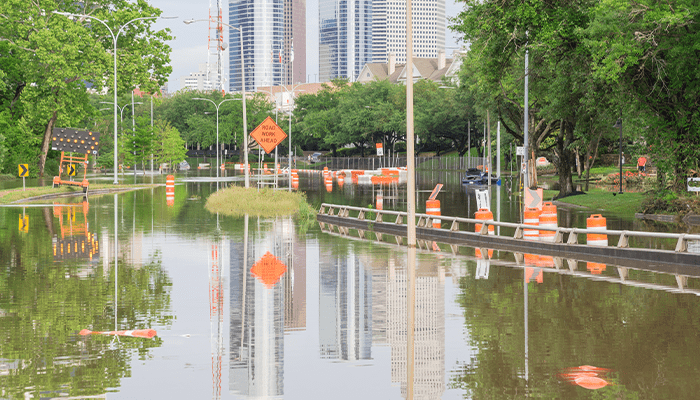
Coronavirus – Keep Informed and Prepared, but Don’t Panic
The intensive media coverage of the coronavirus outbreak (now officially designated as COVID-19) could be raising many concerns in your local schools and colleges. It can seem overwhelming, and without focusing on facts and keeping updated on the latest official information (and recommendations), can lead to some level of panic. In an effort to help everyone stay abreast of the current status of this threat, as well as help prepare for a possible higher-risk exposure, we recommend the following steps:
1. Stay up to date, relying on trusted news sources
Both the U.S. Centers for Disease Control (CDC) and the California Department of Public Health (CDPH) offer comprehensive and regularly updated information. At the moment, neither agency is making specific recommendations for schools/colleges.
- As of 2/27/2020, the CDC states “For the general American public, who are unlikely to be exposed to this virus at this time, the immediate health risk from COVID-19 is considered low.”
- As of 2/27/2020, the CDPH states “…the health risk to the general public in California remains low.” In addition, The Public Health Department is not recommending the cancellation of public events at this time. There is no evidence of sustained person-to-person transmission of the virus in the United States.”
2. Practice Precautionary Prevention Measures
It’s helpful for all community members to keep the fears of this new disease threat in perspective. In contrast to the widespread influenza (flu) activity throughout most of the country, coronavirus infections are extremely isolated at this point. Many of the precautions against the flu are the same actions that will help protect against coronavirus and similar infectious diseases. The California Department of Public Health recommends the following steps to prevent the spread of all respiratory viruses:
- Washing hands with soap and water
- Avoiding touching eyes, nose or mouth with unwashed hands
- Avoiding close contact with people who are sick to reduce the risk of infection from any type of virus
- Staying away from work, school or other people if you become sick with respiratory symptoms like fever and cough
3. Be Prepared
Your Emergency Operations Plan (EOP) should have both a “Continuity of Operations” plan as well as a “Pandemic Influenza” annex. While the risk remains low, now is the perfect time to review these plans/annexes, practice them (anything from a simple tabletop exercise to a full-practice “drill”), and make any modifications you may need. Should the CDC and/or CDPH make recommendations regarding the closure of schools, you will be in a much better position to respond and act on these recommendations having recently exercised your EOP. If your Emergency Operations Plan does not have either of these items, FEMA offers a template specific to Pandemic Influenza:
We encourage everyone to review the latest information from the CDC and CDPH to get a better understanding of the issue, utilizing the two links below:
- CDC – Coronavirus Disease 2019 (COVID-19)
- CA Dept. of Public Health – Novel Coronavirus 2019 (COVID-19)
Source:
- Keenan & Associates | Coronavirus Calls for Reasonable Preparation, Not Panic – Author: Eric Preston
Featured News & Insights

Cal/OSHA tightened their controls on occupational exposures to lead in the state earlier this year, lowering the Permissible Exposure Limit concentration from 50ug/m3 of lead as an 8-hour...

Each year, U.S. employers face approximately 4.9 million workers' compensation claims, costing a staggering $100.2 billion. With the average claim totaling around $41,000, a high frequency of...

As the chill of winter fades, spring brings vibrant colors and a sense of renewal and hope. Of course, spring also brings its share of weather hazards. Being prepared is the first step to ensuring...